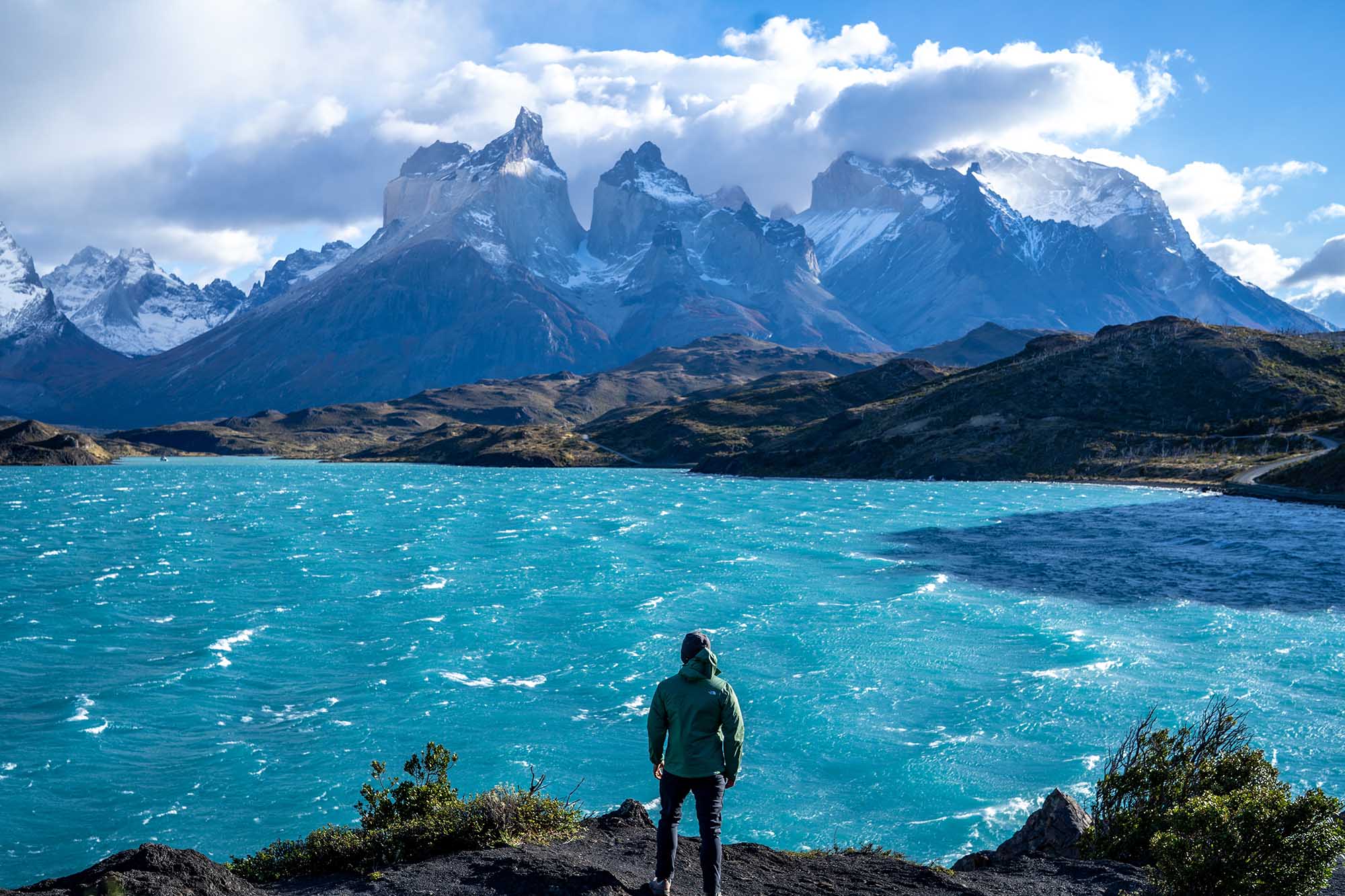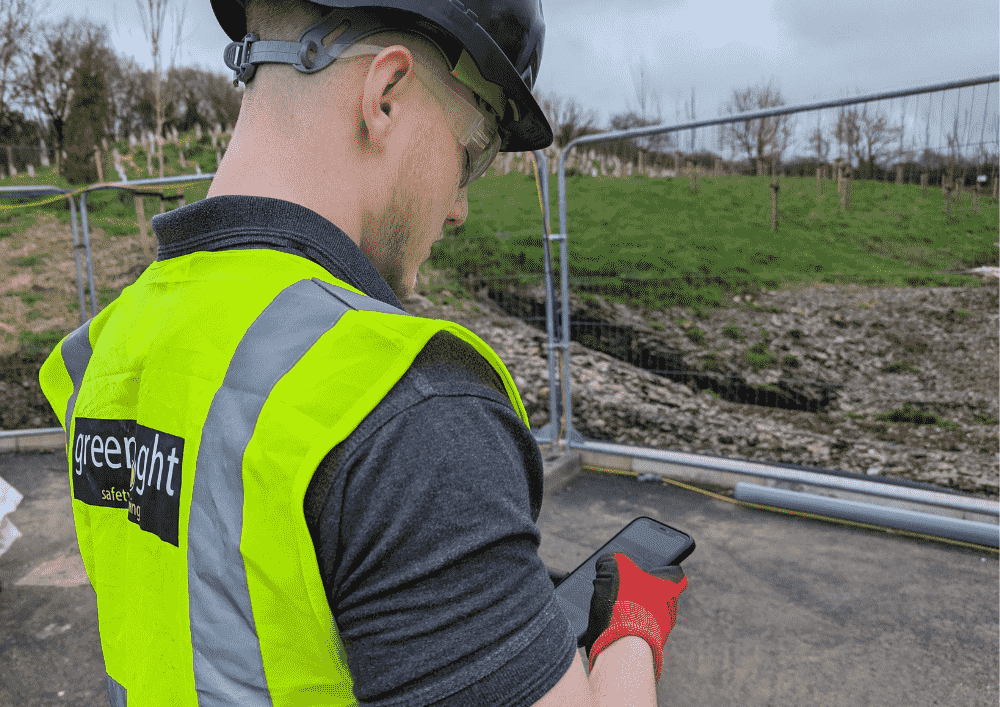Introduction to Hiking Patagonia
Hiking Patagonia is one of the most rewarding adventures for outdoor lovers. With its dramatic landscapes, glaciers, mountains, and windswept plains, Patagonia offers unmatched opportunities for exploration. However, Hiking Patagonia requires thorough preparation and the right gear to ensure a safe and enjoyable journey. Whether you are planning a short trek or a multi-day expedition, understanding the essentials of hiking Patagonia will make your experience unforgettable.
Why Hiking Patagonia Is Unique
Hiking Patagonia stands out from other destinations because of its diverse terrain and unpredictable climate. From Torres del Paine in Chile to Los Glaciares National Park in Argentina, hiking Patagonia takes you through valleys, rivers, and mountain ranges that are unlike anywhere else in the world. The strong winds, sudden weather changes, and remote locations demand that hikers come well-prepared. Anyone considering hiking Patagonia should know that preparation is as important as the journey itself.
Essential Gear for Hiking Patagonia
The gear you bring when hiking Patagonia can make or break your trip. Packing light yet smartly is key. Essential items include:
- Sturdy Hiking Boots: Waterproof and broken-in boots are critical for hiking Patagonia’s rugged trails.
- Weatherproof Clothing: Layers are essential since hiking Patagonia often means experiencing all four seasons in a single day.
- Backpack: A comfortable backpack with rain cover ensures your gear stays dry.
- Sleeping Bag and Tent: If camping, bring a four-season tent and a sleeping bag rated for cold temperatures.
- Cooking Gear: Lightweight stoves and utensils are necessary for multi-day treks.
- Navigation Tools: Maps, compass, or GPS devices help with route finding during hiking Patagonia.
Clothing for Hiking Patagonia
The weather in Patagonia is notoriously unpredictable, making clothing choices vital. Dressing in layers is the best strategy for hiking Patagonia. Start with a moisture-wicking base layer, add an insulating mid-layer like fleece, and finish with a waterproof outer shell. Gloves, hats, and thermal socks are also necessary because hiking Patagonia often exposes you to cold winds and freezing temperatures even in summer.
Food and Hydration While Hiking Patagonia
Fueling your body properly is essential for long treks. When hiking Patagonia, carry calorie-dense foods such as nuts, dried fruits, energy bars, and lightweight dehydrated meals. Water is plentiful in many regions, but a filtration system or purification tablets are crucial for safety. Staying hydrated is especially important when hiking Patagonia in dry or windy conditions.
Physical Preparation for Hiking Patagonia
Beyond gear, your fitness level plays a significant role in the success of hiking Patagonia. Training with long walks, hikes, and strength exercises before your trip will build endurance. Cardiovascular conditioning and practicing with a weighted backpack will also prepare you for the demands of hiking Patagonia.
Safety Tips for Hiking Patagonia
Safety should never be overlooked. When hiking Patagonia, always inform others of your itinerary. Carry a first aid kit, emergency blanket, and a satellite phone or personal locator beacon if traveling into remote areas. Because weather shifts quickly, hikers should always be ready to turn back if conditions worsen. Safety awareness ensures that hiking Patagonia is both thrilling and secure.
Popular Routes for Hiking Patagonia
Several iconic routes attract hikers from around the world. The W Trek and O Circuit in Torres del Paine are among the most famous for hiking Patagonia. Los Glaciares National Park offers stunning trails to Fitz Roy and Cerro Torre. Each trail presents different levels of difficulty, but all reward hikers with breathtaking views. Exploring these routes is the highlight of hiking Patagonia for many adventurers.
Sustainable Practices While Hiking Patagonia
Preserving Patagonia’s natural beauty is a shared responsibility. When hiking Patagonia, always follow Leave No Trace principles: pack out all trash, respect wildlife, and stay on designated trails. Eco-friendly practices ensure that future generations can also enjoy the wonders of hiking Patagonia.
Final Thoughts on Hiking Patagonia
Hiking Patagonia is an experience like no other. The combination of challenging trails, unpredictable weather, and awe-inspiring scenery makes it a dream destination for adventurers. With the right gear, preparation, and mindset, hiking Patagonia becomes not just a physical journey but a transformative experience. Whether you are drawn to the glaciers, mountains, or wide-open landscapes, hiking Patagonia will leave you with memories that last a lifetime.



